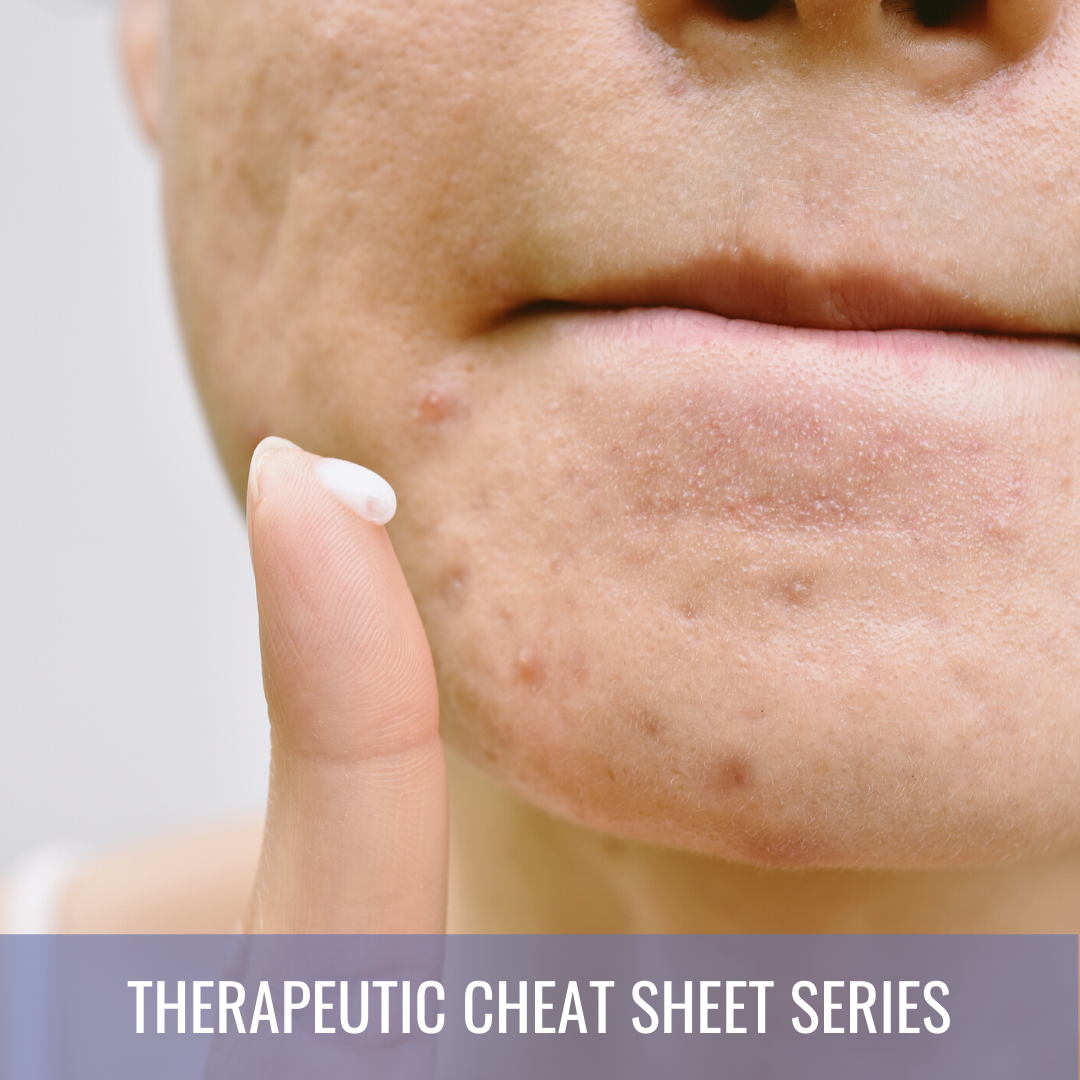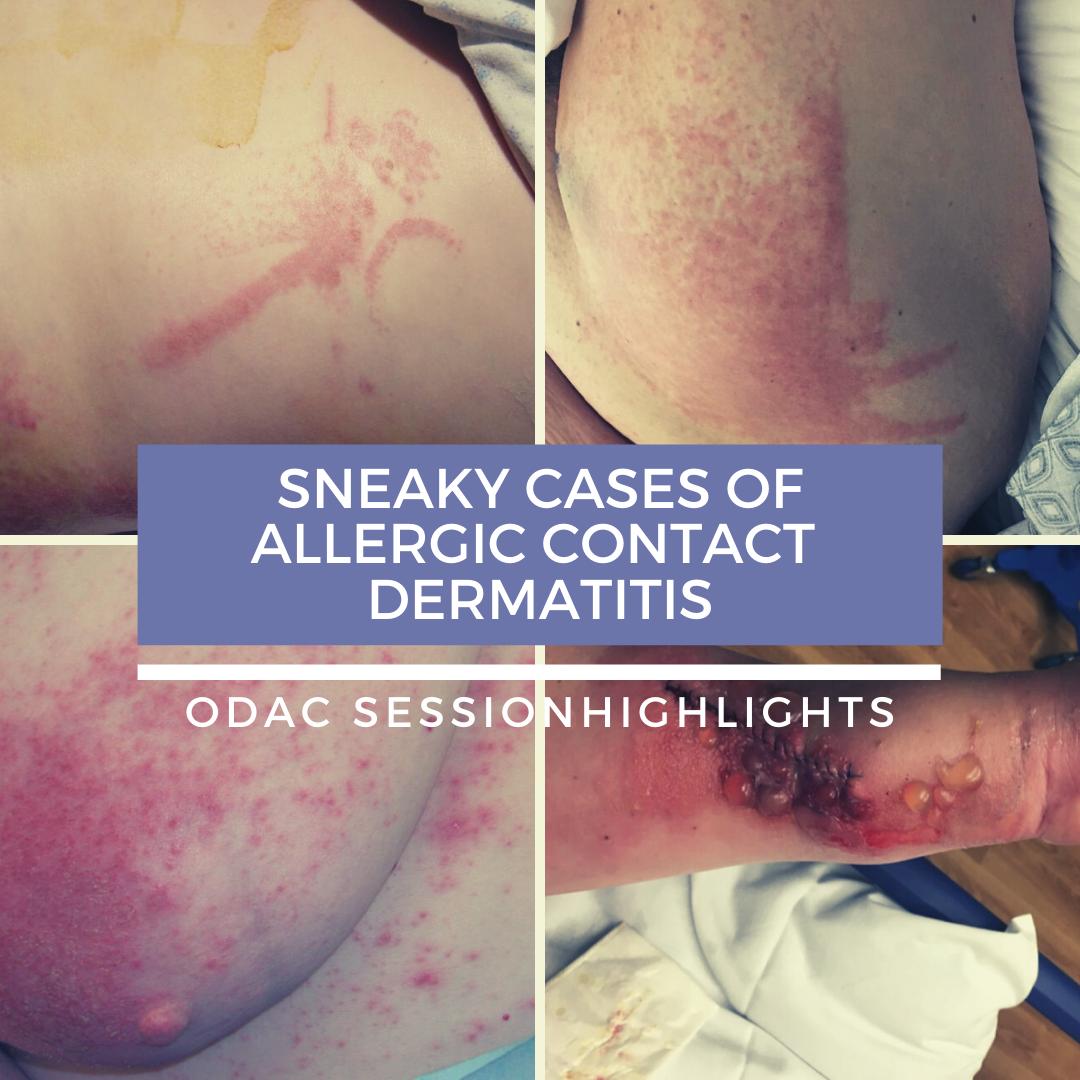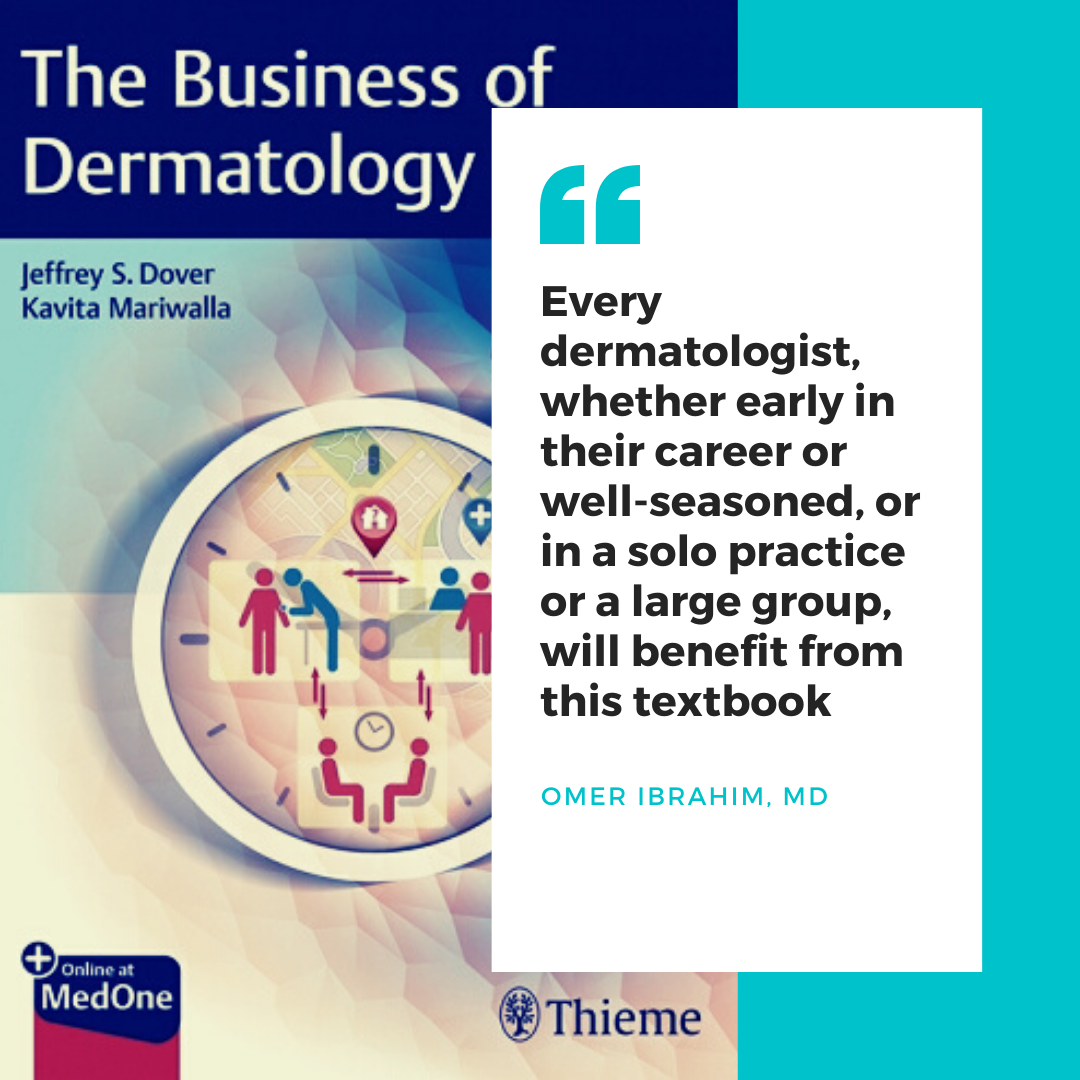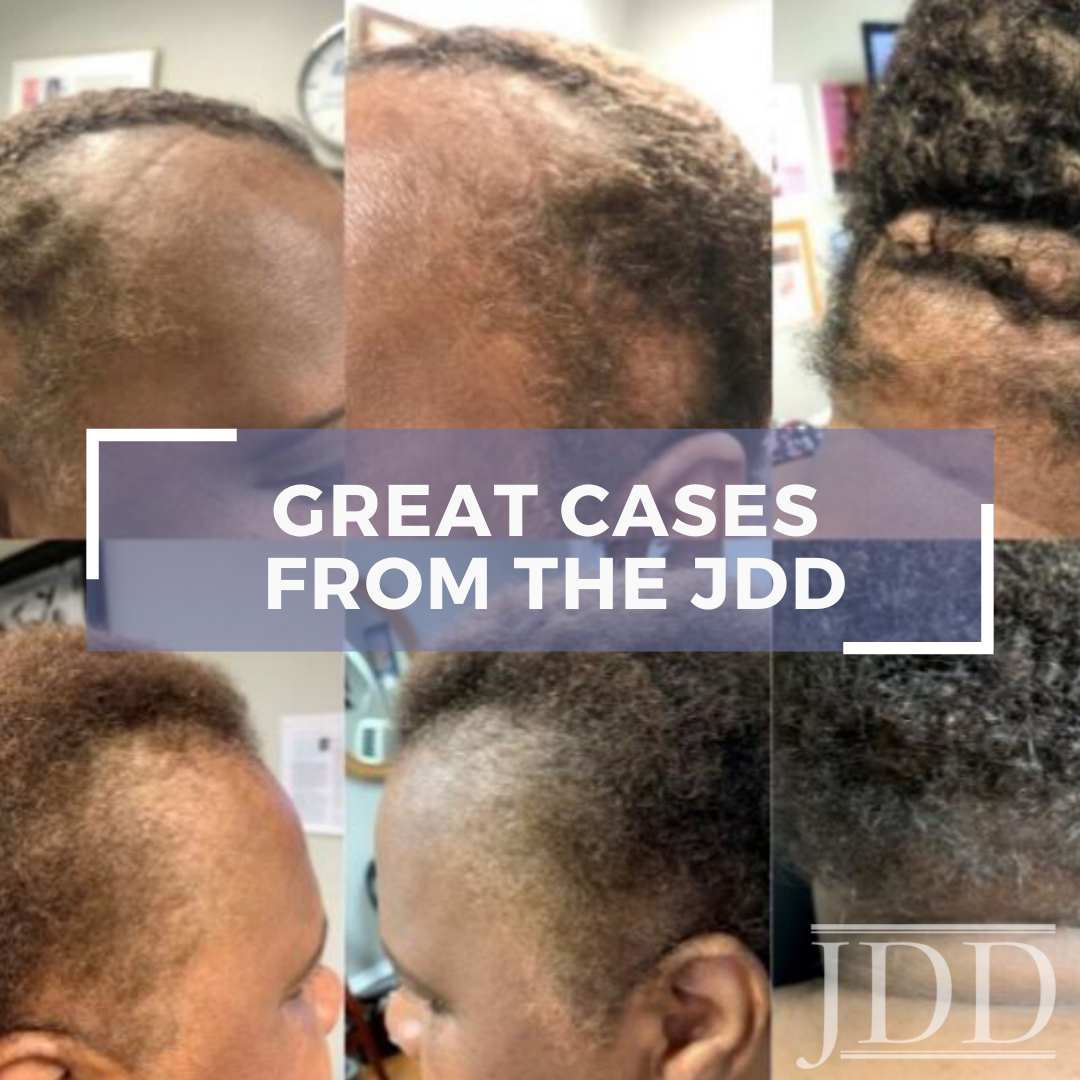Trifarotene for Acne Vulgaris Therapeutic Cheat Sheet
 Acne vulgaris is one of the most common reasons for visiting the dermatologist. Topical retinoids are a mainstay of and considered first-line treatment, but patients often face issues with tolerability, which can impact adherence to therapy. We continue our series, Therapeutic Cheat Sheet, with a closer look at the recently FDA approved trifarotene.
[caption id="attachment_10430" align="alignle …
Acne vulgaris is one of the most common reasons for visiting the dermatologist. Topical retinoids are a mainstay of and considered first-line treatment, but patients often face issues with tolerability, which can impact adherence to therapy. We continue our series, Therapeutic Cheat Sheet, with a closer look at the recently FDA approved trifarotene.
[caption id="attachment_10430" align="alignle …
 Acne vulgaris is one of the most common reasons for visiting the dermatologist. Topical retinoids are a mainstay of and considered first-line treatment, but patients often face issues with tolerability, which can impact adherence to therapy. We continue our series, Therapeutic Cheat Sheet, with a closer look at the recently FDA approved trifarotene.
[caption id="attachment_10430" align="alignle …
Acne vulgaris is one of the most common reasons for visiting the dermatologist. Topical retinoids are a mainstay of and considered first-line treatment, but patients often face issues with tolerability, which can impact adherence to therapy. We continue our series, Therapeutic Cheat Sheet, with a closer look at the recently FDA approved trifarotene.
[caption id="attachment_10430" align="alignle … Continue reading "Trifarotene for Acne Vulgaris Therapeutic Cheat Sheet"


 We all think about allergic contact dermatitis when a patient presents with a classic well-demarcated distribution of eczematous, pruritic rash. But under what other clinical scenarios should we consider the diagnosis of allergic contact dermatitis? At the 17th Annual ODAC Dermatology, Aesthetic and Surgical Conference, Dr. Jonathan Zippin discussed three different clinical conundrums that should …
We all think about allergic contact dermatitis when a patient presents with a classic well-demarcated distribution of eczematous, pruritic rash. But under what other clinical scenarios should we consider the diagnosis of allergic contact dermatitis? At the 17th Annual ODAC Dermatology, Aesthetic and Surgical Conference, Dr. Jonathan Zippin discussed three different clinical conundrums that should …  Business intellect, a vital aspect of managing a practice, is not taught in residency. From the infancy of their training, dermatologists are trained to think broadly and scrupulously, using each clue, each corporeal sense, and each available tool to accurately diagnose and manage a plethora of cutaneous conditions. After residency, dermatologists set out armed with the knowledge and drive to deli …
Business intellect, a vital aspect of managing a practice, is not taught in residency. From the infancy of their training, dermatologists are trained to think broadly and scrupulously, using each clue, each corporeal sense, and each available tool to accurately diagnose and manage a plethora of cutaneous conditions. After residency, dermatologists set out armed with the knowledge and drive to deli …  EPI Health has graciously supported the COVID-19 News and Resource Center.
Refinery29 recently posted an article about COVID-19’s lasting impact on dermatology, questioning how the pandemic will affect everything from office visits to innovation to the demand for aesthetics.
For an expert opinion, I consulted dermatologist Jeffrey Dover, MD, associate clinical professor of dermatology a …
EPI Health has graciously supported the COVID-19 News and Resource Center.
Refinery29 recently posted an article about COVID-19’s lasting impact on dermatology, questioning how the pandemic will affect everything from office visits to innovation to the demand for aesthetics.
For an expert opinion, I consulted dermatologist Jeffrey Dover, MD, associate clinical professor of dermatology a …  Hair loss is a common problem that spares no gender or ethnic group. As we know, there are differences in straight and curly hair including follicle shape, growth rate, and density.2Similarly, there are also differences epidemiologically in what types of hair loss are more commonly seen in different ethnic groups, as well as how it’s diagnosed and treated.2 JDD authors Cheryl Burgess MD, Wendy R …
Hair loss is a common problem that spares no gender or ethnic group. As we know, there are differences in straight and curly hair including follicle shape, growth rate, and density.2Similarly, there are also differences epidemiologically in what types of hair loss are more commonly seen in different ethnic groups, as well as how it’s diagnosed and treated.2 JDD authors Cheryl Burgess MD, Wendy R …